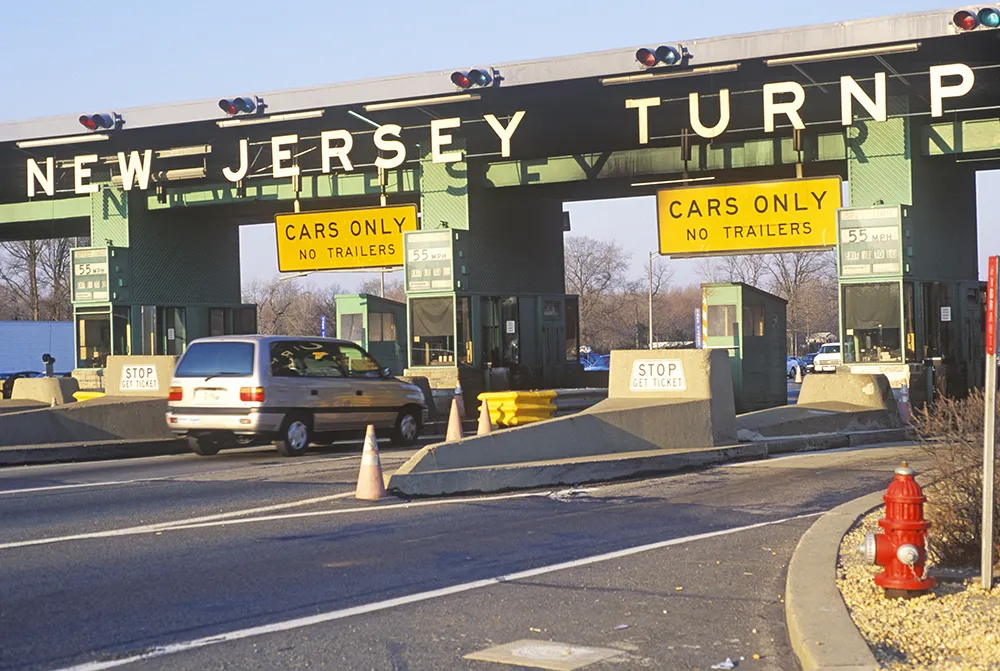Join us, there's a BIG job to be done, writes Michael Lilly, Vice President of ITS Alaska
March 13, 2012
Read time: 3 mins

Join us, there's a BIG job to be done, writes Michael Lilly, Vice President of ITS Alaska
If, as the old adage goes, a picture is worth a thousand words, these pictures should speak volumes about the ITS challenges we face in the cold wastes of the far north.ITS Alaska was founded in January this year as a chartered state chapter of ITS America. Our mission is to elevate safety and mobility through leadership and promote a strong, innovative ITS community in Alaska. We believe we have the potential to be a strong advocate for ITS and foster an environment for members to share ideas, encourage interest and integration, stimulate public-private and institutional partnerships, and support ITS developers, implementers and policy-makers.
Does ITS Alaska have its work cut out for it?
If you are an Alaskan, you have a great deal of respect for how big everything is around here; big land mass, big wildlife, big winter snow storms, big mountains, big water, big glaciers, big avalanches, just all-round big.
Alaska is the largest state in the Union with its land mass totalling about 16 per cent of total US. In fact, we are twice the size of Texas. With only about 630,000 people, that's less than one person per square mile; compare that with New Jersey, the most densely populated, at 1,134.4 people per square mile.
Nearly 30 per cent of Alaska's population has no connection by either road or ferry to the continental road network. Indeed, we have few road connections compared to the rest of the US. Our road system covers a relatively small area of the state, linking the central population centres and the Alaska Highway, the principal route out of the state through Canada. Our state capital, Juneau, is not accessible by road.
Sparse and remote It is hardly surprising then that it is estimated that Alaska has about six times more pilots and 16 times more aircraft than the rest of the US. The sparse and remote nature of our rural communities increases the risks of crash or vehicle malfunction victims.
However, by far the most defining transportation challenge is severe winter weather. Alaska's diverse landscape creates different winter weather scenarios, which are often hazardous if travellers are not fully prepared. The leading causes of winter-related deaths in Alaska are a result of automobile accidents. Deep cold can shut down air travel for weeks, disrupting fuel deliveries and cutting off deliveries of medical supplies. Avalanches, black ice, high winds and freezing water are winter dangers important to all Alaskans. Winter travel hazards can severely impact air, land and marine travel unlike anywhere else in the US.
So, yes, ITS Alaska has its work cut out for it.
So join us, and if not as a member, then make sure you visit Alaska in September for the National Rural ITS Conference which is being held in Anchorage. You will be able to experience all that Alaska has to offer, while networking with transportation professionals from across the US. And to get a real handle on the challenges and successes of ITS in Alaska, make sure you take in the Professional Tours.
Tentatively entitled the 'Mega Tour', one of the highlight events will allow participants to tour the Anton Anderson Memorial Whittier Access Tunnel as well as visiting the Portage Glacier Visitor's Center and RWIS installations on Turnagain Pass. A tour of the Glenn Highway e-screening system is also on tap.
So plan your trip north in September. You'll receive a really warm welcome.










